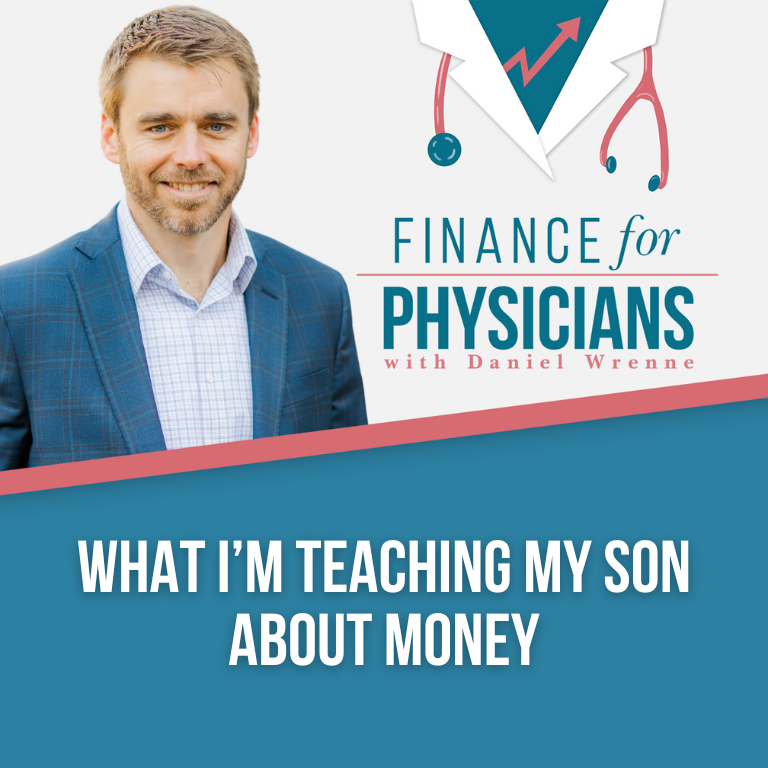While I was away on a business trip recently, I received notifications on my phone that someone was making in-app purchases of a “small pile of coins” fairly regularly. By the end of my trip, after adding it all up, those tiny purchases came to about $43.
I returned home to confront my 13-year-old son. He insisted that it was no big deal; the charges were small. I reminded him that our financial agreement is that I provide for his needs, but he pays for his own entertainment. He was shocked when I showed him the bill.
Because he didn’t have the money to cover his purchases, I told him he’d have to borrow from me — and pay (exorbitant) interest. He’s now in the middle of a five-month payment plan in which he pays me $10 a month. I wanted to make this a painful lesson for him, and he’s learned three important things:
- Borrowing gets expensive, so make sure you have the money to pay for what you want.
- When you borrow, your money isn’t your own. You have to repay your creditors before you can spend on other things.
- If you aren’t paying attention, small expenses add up faster than you think.
My son already knows that he needs to save for the future and give to charity. Every time he receives an allowance, payment for helping me with my home business, ribbon money for 4-H projects, or cash for birthday and holidays, he sets aside 10% for charity and 20% for long-term savings (which I invest in a custodial Roth IRA).
At 13, my son has the mechanics of managing his money down, and he is developing good habits. However, now that he’s a teenager, he’s ready for more advanced lessons about the “whys” behind purchases, and the hard choices that we all have to make when it comes to our money.
Learning How to Handle the Bigger Money Questions
Elementary-age children handle physical money and learn the importance of dividing it up into different piles. They watch their piles of coins grow and see how they can use saving to reach their goals (usually buying candy or a new toy).
As children age and become capable of understanding more complex concepts, we replace the individual “spending,” “saving,” and “giving” jars. Our digital world means they need to learn how to understand the way money works when they can’t see it. This is where teaching them to be careful about digital purchases, understanding debit and credit, and learning about investing all come in. Showing them bank balances (I let my son see how his investments are growing, as well as see how my retirement account grows) and letting them try to get a handle on their own spending can give them real-world experience now, before they are capable of making huge, financially devastating mistakes.
The pre-teen and teen years are also good times to start teaching your children about priorities and learning what really matters to them. My son missed out on buying a LEGO set he wanted because he had to repay the money he spent during that phone game. He learned that buying that “small pile of coins” in a game that offers nothing tangible wasn’t as satisfying as buying LEGOs, building something cool, and being able to display it to his family and friends. He’s more thoughtful about what he spends money on now, carefully considering what will actually enhance his life.
I want my son to learn that money is a tool. It can help us enhance our lives and reach our goals. By allowing him to make mistakes, and using real-life lessons to help him understand the consequences — as well as force him to start thinking about his priorities now — I hope to raise someone who is much more thoughtful about money than I was to start.
